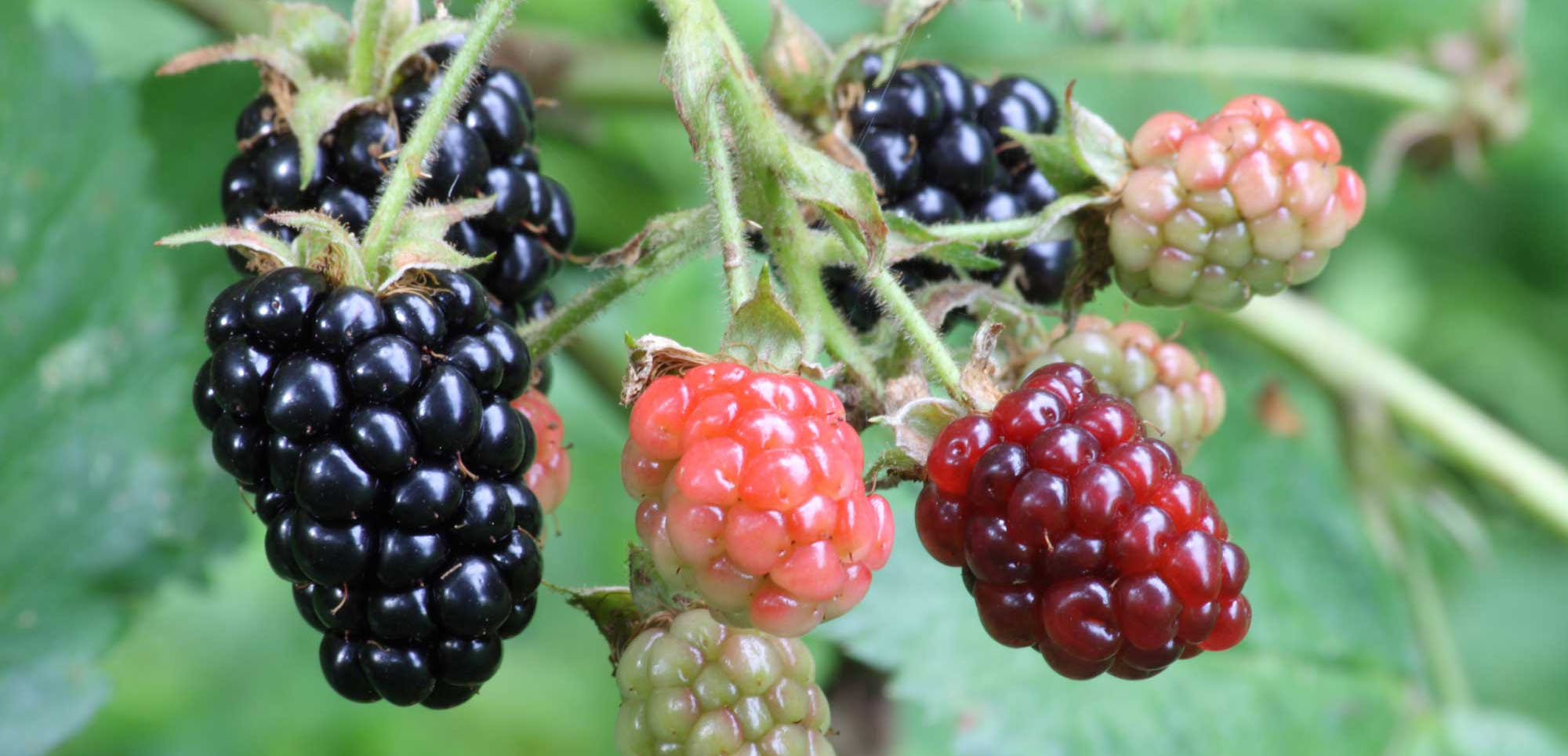Invasive weeds and plants are a growing concern for Oregon’s forest landowners, posing significant threats to forest health. These plants can greatly hinder tree regeneration, degrade wildlife habitat and increase wildfire risk. Most invasive weeds are non-native species, meaning they originated elsewhere and thrive here because they lack natural predators, diseases or competitors. The term “exotic invasives” specifically refers to plants that have been introduced from other regions or countries and that aggressively disrupt local ecosystems.
Common invasive plants in Oregon’s forests
Common invasive weeds in Oregon include Scotch broom, English ivy, thistles, knapweeds and knotweeds. Effective management of these and other invasive weeds is essential for protecting your woodland’s health, productivity and resilience in the face of changing environmental conditions. Here’s more information about a few of the most common invasive plants that threaten the health of Oregon’s forests:

Himalayan and evergreen blackberry
Blackberries aggressively invade forest edges, clearings and disturbed areas, forming dense thickets that outcompete native plants and hinder tree regeneration.
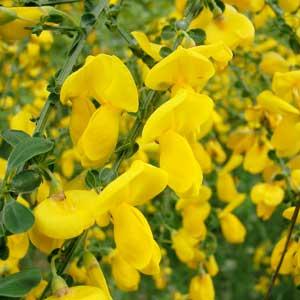
Scotch broom
Scotch broom thrives in disturbed soils, displacing native vegetation and interfering with forest regeneration, particularly in recently reforested areas.
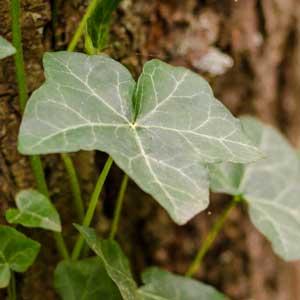
English ivy
English ivy smothers native understory plants and climbs trees, weakening or killing them over time.
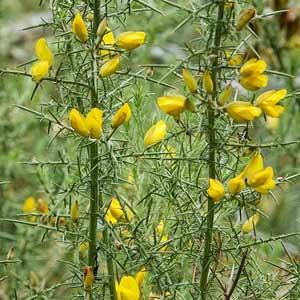
Gorse
Gorse is highly invasive and forms dense, impenetrable thickets that displace native vegetation and inhibit forest regeneration.
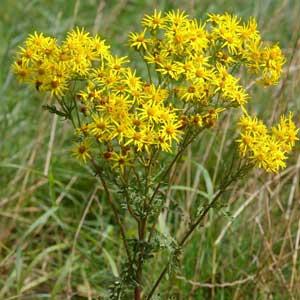
Tansy ragwort
Tansy ragwort is toxic to livestock and certain wildlife, and it can spread quickly in pastures, clearcuts and disturbed forestlands.
What about poison oak?
You may be surprised to learn that poison oak and western poison ivy are not officially classified as noxious weeds. As native plants, they don’t exhibit many of the harmful effects associated with non-native invasive species (such as those listed above).
Control and prevention strategies
Preventing the spread of invasive species is your first line of defense. Timely identification and management are critical to invasive weed control. By spotting and addressing invasive species early, you can significantly reduce the risk of them establishing and spreading.
Effective vegetation management often involves a combination of strategies, including at times the responsible use of herbicides as part of an integrated approach.
Herbicides can be a powerful tool for controlling invasive weeds when used correctly, helping to protect native plants and forest ecosystems. In Oregon, the use of pesticides, including herbicides, is regulated by the Oregon Department of Agriculture (ODA).
Private landowners may apply general-use herbicides on their own property without a license, but those applying restricted-use pesticides or applying herbicides commercially must work with a qualified pesticide applicator licensed through ODA.
Additionally, all forest landowners must comply with the Oregon Forest Practices Act, which further regulates the use of herbicides on forestlands to ensure environmental protection and sustainable management. These additional regulations include guidelines for protecting water quality, minimizing herbicide drift and safeguarding wildlife habitats. Learn more about the Oregon Forest Practices Act by visiting the forest laws [link to 1.6.1] page.
ADDITIONAL RESOURCES
PUBLICATIONS
ODA’s Noxious Weed Policy and Classification System 2022
This document outlines Oregon’s noxious weed policy and classification system, detailing the categorization, management priorities and regulatory framework for controlling invasive plant species across the state.
VIDEOS
Managing for Beneficial Understory Vegetation
Learn about managing common unwanted vegetation such as ivy, blackberry and holly, and explore how to replace these weeds with shade-tolerant wildflowers, grasses and native shrubs.
OTHER
Oregon State University Weeds website
Pacific Northwest Weed Management Handbook
The Nature Conservancy’s Weed Control Methods Handbook

